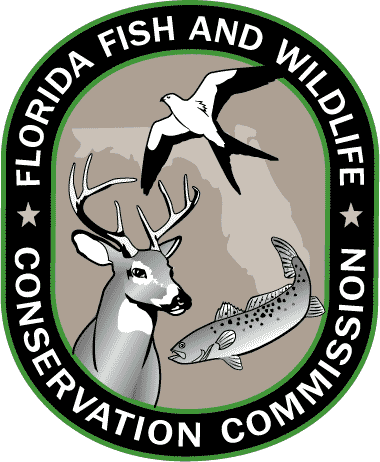Florida FWC Approves Draft Revisions to Broward, Pinellas Boating Safety Zones

On Thursday, the Florida Fish and Wildlife Conservation Commission (FWC) approved staff recommendations for potential revisions to boating safety zones in Broward and Pinellas counties.
The first proposed change is that, in both counties, the descriptions of some zones would be changed to match the physical locations of regulatory markers, some of which have been in place since 1995.
“These are technical changes to rule language and will include updating rule maps,” said Capt. Richard Moore of the FWC’s Boating and Waterways Section. “The changes will also relieve the city and county governments from responsibility to maintain the markers for the state-adopted zones, as the FWC will take over maintenance.”
In Broward County, the five affected zones will remain as they have been physically marked since at least 2004. The rule language will be updated to match the current marker locations by extending:
- The southern boundary of the Hillsborough Boulevard Bridge zone by 200 feet.
- The northern boundary of the Hillsborough Inlet zone by 275 feet.
- The southern boundary of the Commercial Boulevard Bridge zone by 100 feet.
- The southern boundary of the Hallandale Beach Boulevard Marina zone by 525 feet.
- The southern boundary of the Hallandale Beach Boulevard Bridge zone by 100 feet.
In Pinellas County, two zones will remain as they have been physically marked since at least 1995, and the rule language will be updated to match the current marker locations by extending:
- The southern boundary of the Park Boulevard Bridge zone by 1,234 feet and the northern boundary of the zone by 550 feet.
- The southern boundary of the Indian Rocks Bridge zone by 1,372 feet and the northern boundary of the zone by 50 feet.
Other changes to Pinellas zones include:
- Revisions to markers and rule language to extend a channel-only zone to a shoreline-to-shoreline slow-speed, minimum-wake zone from Treasure Island to Corey Causeway.
- Changing a current zone to include the entire span of two Pinellas Bayway bridges.
- Expanding channel-only zones to include the entire spans of the Belleair Causeway Bridge and the Honeymoon Island Causeway Bridge.
“The current markers in those other locations are inconsistent with the rule language and are not clear to the public,” Moore said. “Our proposal revises the rule language to create safe boating conditions and areas that can be consistently marked, understood and enforced.”
A related, second change clarifies that shoreline-to-shoreline zones, unless stated otherwise in rule, do not include tributaries, creeks, canals, channels, boat basins, etc., because local governments are authorized by state law to regulate those areas.
“Also, changes in marine infrastructure around the Memorial Causeway Bridge required updates to maintain safe, clearly marked zones,” Moore said. “This required extending the southern boundary of the zone by 500 feet and widening the zone to include all spans of the bridge.”
The final proposed change is the removal of the countywide 30 mph speed restriction for the Intracoastal Waterway (ICW) channel in Pinellas County. This was a concern for FWC staff, law enforcement and the public, as it has been neither posted nor enforced since it was put in place in 2000.
“If the ICW speed zone were continued and enforced, we would have two speeds to deal with,” Moore said. “Regulating boat speed within the channel while allowing higher speed travel outside and adjacent to the channel is a potential safety concern.”
The need for all revisions in both counties originated from an FWC review of current state regulations, including boating safety zone boundaries and waterway marker locations.
FWC staff received public support for these proposed changes in both counties, both during public meetings and through electronically submitted commenting. Those providing public comment included other law enforcement personnel, members of the U.S. Coast Guard Auxiliary, marina owners and operators and owners of sail and power boats, both large and small.
The proposals amend Florida Administrative Code rules 68D-24.008 and 68D-24.010 and repeal rule 68D-24.006. Staff will return to the June Commission meeting to present them for final approval. For additional information, visit MyFWC.com/Boating or call 850-488-5600.

